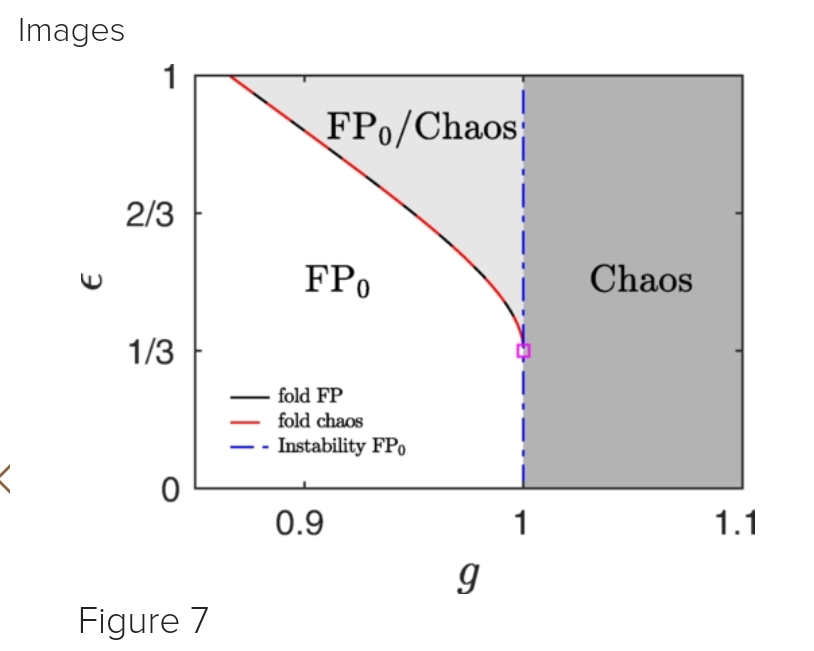<< When bubbles collapse near a wall, they typically experience an asymmetric deformation. This collapse leads to the creation of a jet that strikes the bubble interface, causing the formation of a toroidal bubble and the subsequent release of a water-hammer shock. >>️
AA << findings demonstrate that shock waves emitted from the toroidal bubble consistently propagate toward the central axis of the torus, resulting in significant pressure shocks along the axis, similar to the water-hammer shock formed during the collapse of a spherical bubble. >>️
<< In contrast, weak pressure waves are generated in the transverse directions, leading to relatively weaker pressure peaks. Furthermore, the wall-pressure peak induced by the toroidal bubble is approximately three times higher than that induced by the spherical bubble. >>️
Cheng Liu, Xiaobin Yang, et al. Investigations on the shock wave induced by collapse of a toroidal bubble. Phys. Rev. E 110, 015103. Jul 16, 2024.
Also: bubble, drop, waves, collapse, in https://www.inkgmr.net/kwrds.html
Keywords: gst, bubble, drop, waves, collapse

